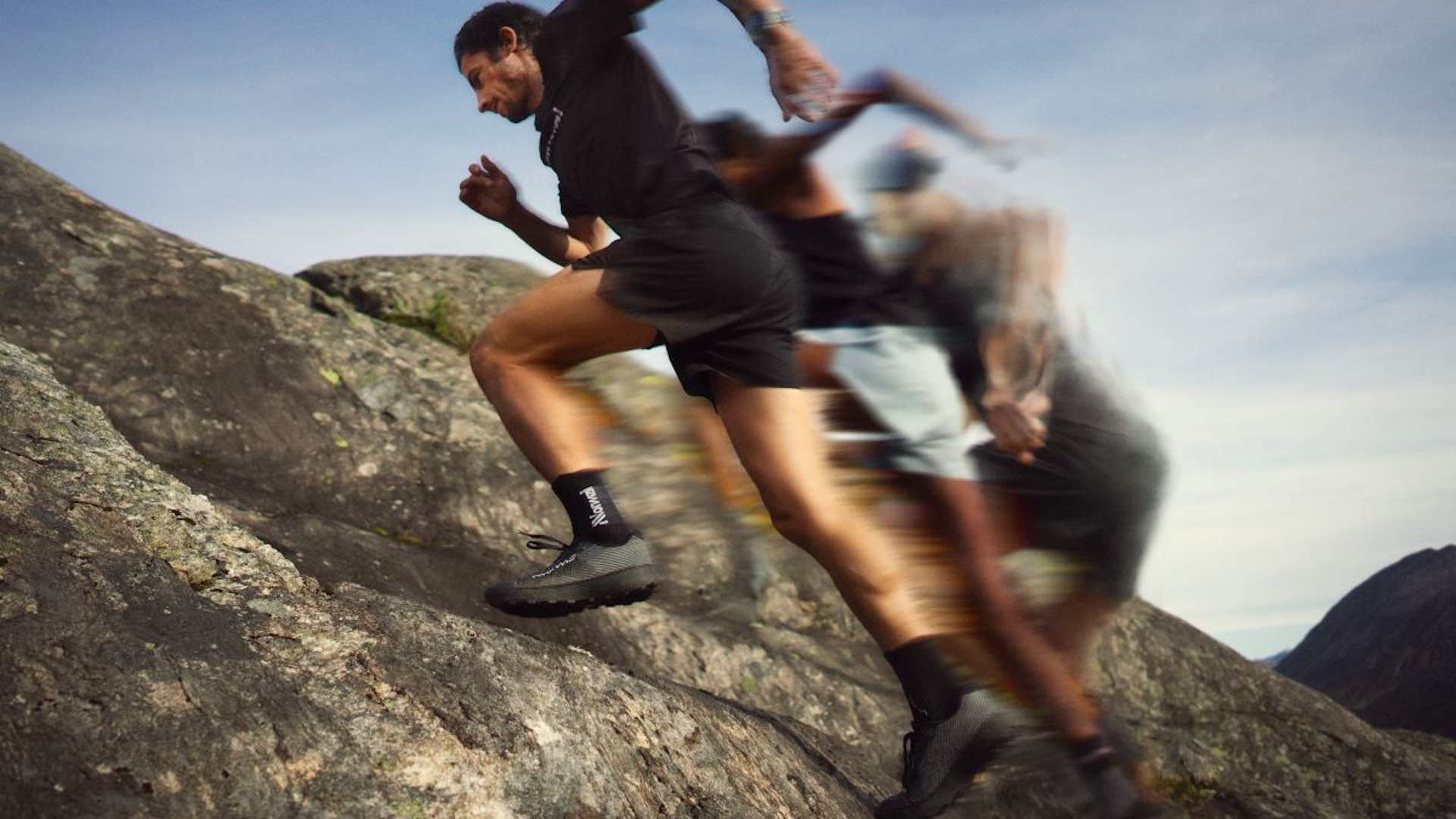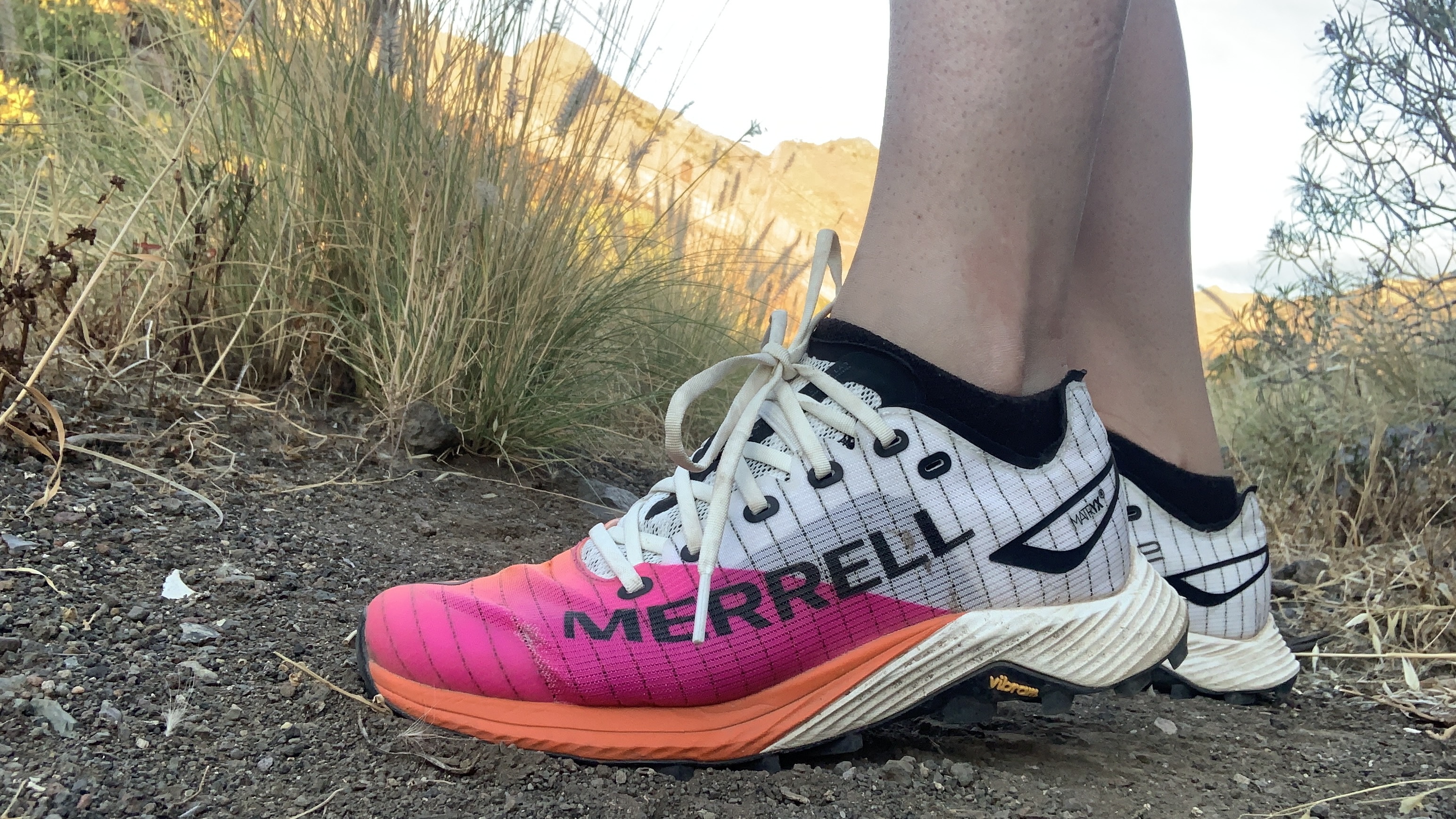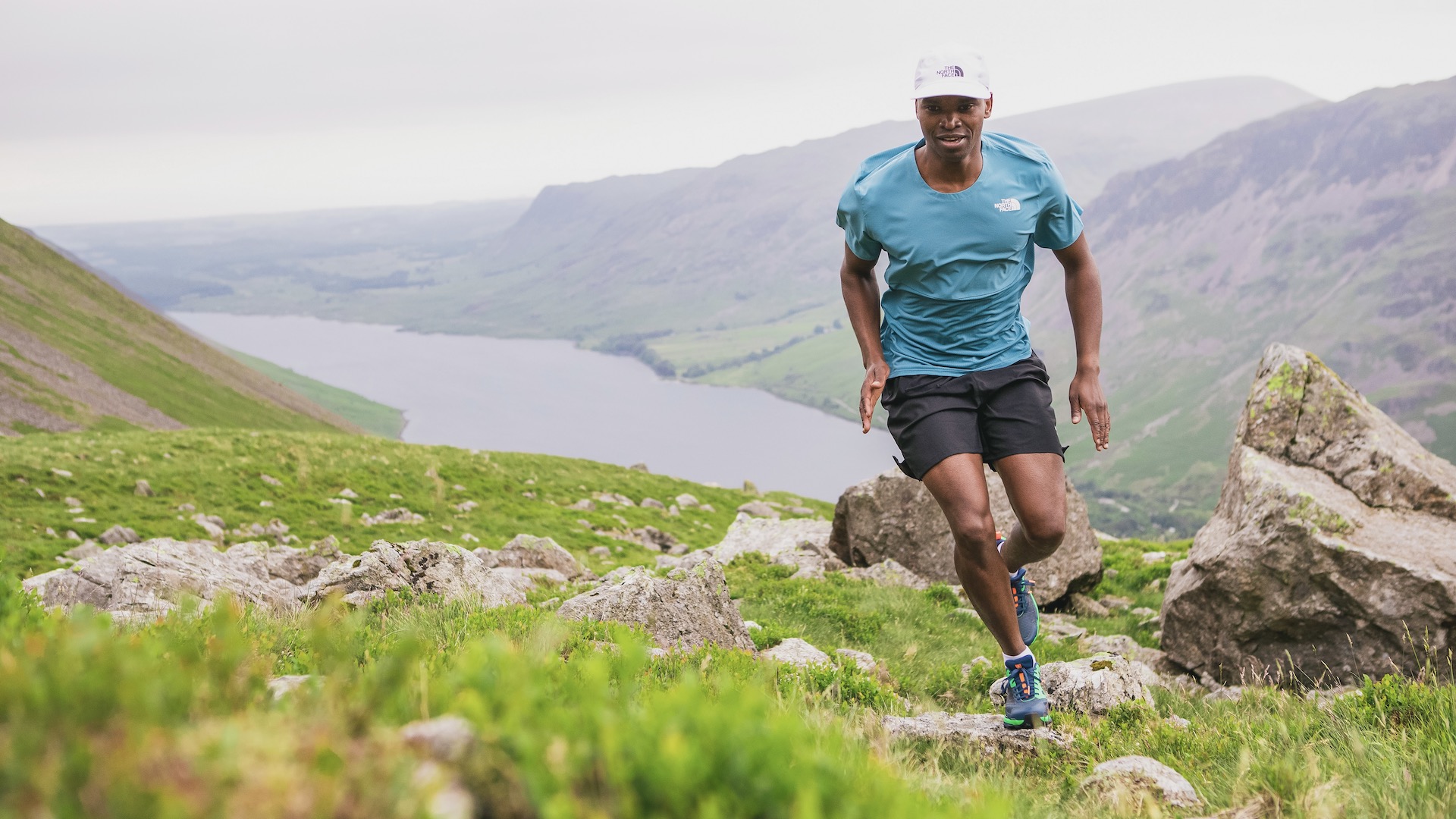
Running shoes are getting incredibly light these days, and if you’ve just bought your first new pair in a while, you might be wondering if something that feels so delicate in your hands is really up to the demands of your feet on the trail.
One of the reasons shoes like the Merrell Long Sky 2 Matryx and The North Face Flight Vectiv can weigh in at under 250 grams per shoe (that’s less than an orange, if you're wondering) is down to advancing technologies such as EVA foam in the midsoles, and a material called Kevlar, which is starting to become a common ingredient in the uppers of these shoes.
So what is Kevlar anyway? Is it strong enough to withstand a beating on the trail? And why do you want it in your running shoes?

What is Kevlar?
Kevlar is a type of synthetic fiber that is both heat-resistant and incredibly strong. The technology is patented by American chemistry company DuPont and was made possible due to a discovery made by chemist Stephanie Kwolek.
In 1965, Kwolek’s work with polyamide molecules at low temperatures led to her observation of the formation of liquid crystalline polymer solutions which displayed exceptional strength and stiffness. From this discovery, she invented Kevflar along with other industrial fibers, and is actually credited with saving lives as a result – Kevlar long been used in safety equipment like bulletproof vests, helmets and protective gloves. It’s also found in spacecraft, tennis racquets, tires, and more recently, running shoes.
Though Kwolek’s invention earned her accolades and awards and made billions of dollars for DuPont, according to a 2014 New York Times article, she never directly benefited from it financially.

Why is Kevflar used in running shoes?
So what do bulletproof vests and running shoes have in common? The key to Kevlar making its way into your running shoes – and in particular, trail running shoes like the NNormal Tomir – lies in its impressive strength-to-weight ratio. According to the American Chemical Society, Kevlar is five times stronger than steel, but lighter than fiberglass, which makes it an excellent choice for anyone putting in long days on their feet, especially over terrain that can beat up your shoes pretty quickly.
You might have learned the hard way that the uppers of your shoes may not withstand the demands of rocky terrain, but Kevlar is designed to be abrasion-resistant. Built to withstand bullets by absorbing velocity, shoes with Kevlar should easily hold off damage from an incoming boulder and have a longer shelf life than those with a more traditional mesh upper.
In addition to protecting your shoes, the reinforcements that you should find around your toes and heels in a pair of trail running shoes will better protect your feet from a bashing. It’s also extremely tolerant to both high and low temperatures, helping your shoes to maintain their performance during winter running.
As a result, it’s become a choice material for companies like Merrell, which uses Kevlar fibers in their new Matryx uppers in both their Long Sky and Skyfire shoes, and for elite trail runner Kilian Jornet, who uses the material in the shoes he designs for NNormal. In fact, he famously won the UTMB in the same NNormal Kjerag shoes he’d already raced over 600 km in, which is a testament to their robustness.
If that all sounds like something you’d like from your other outdoor gear, we’ve found it in hiking pants like the Sasta Jero as well, giving them and you extra protection against abrasive rock when you’re scrambling. It's even showed up in some of the best running poles we’ve tested, including the Alpkit Nanolite Twin Poles.

What are the disadvantages of Kevlar?
Every silver lining has a cloud, and in the case of Kevlar, when the cloud brings excessive moisture, it could be a problem for your running shoes. According to Calm Industrial Technology, Kevlar fibers are quick to absorb moisture and prolonged exposure to we conditions degrades the fibers, which could make it unsuitable for ultra damp climates with lots of river crossings.
The same source also states that Kevlar is extremely sensitive to UV light, losing strength in sunlight about twice as fast as polyester which can cause a decrease in fiber properties over time, and if you live in the mountains, your shoes might see a lot of sunshine.
However, there is no information about how long it would take for such degradation to occur in either case, and it's unlikely to be a problem unless you store your shoes outdoors or somewhere damp, which is likely to degrade them no matter what they're made of. Since Kevlar is used by military organizations and law enforcement divisions for their protective gear, we’re hoping it holds up for far longer than a typical pair of running shoes is likely to last.







